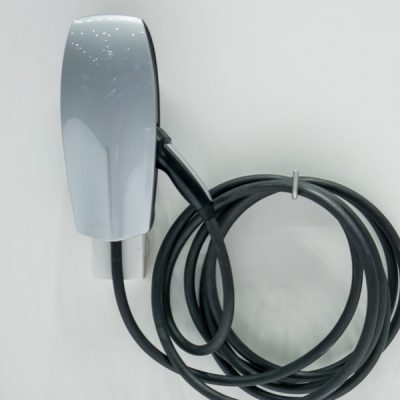In an electric power system, a switchgear is made up of electric detach buttons, integrates or circuit breakers utilized to regulate, secure and isolate electric equipment. Switchgear is made use of both to de-energize tools to permit job to be done and to clear mistakes downstream. This kind of equipment is straight connected to the reliability of the electrical energy supply. The earliest main power stations utilized easy open blade buttons, installed on insulating panels of marble or asbestos. Power degrees and voltages quickly rose, making opening manually ran switches also harmful for anything besides seclusion of a de-energized circuit. Oil-filled switchgear devices allows arc energy to be had and safely managed. By the very early 20th century, a switchgear line-up would be a metal-enclosed framework with electrically run switching aspects making use of oil circuit breakers. Today, oil-filled devices has mainly been changed by air-blast, vacuum, or SF6 devices, allowing big currents and power levels to be safely regulated by automatic tools. High-voltage switchgear was created at the end of the 19th century for operating motors and various other electric makers. The technology has been improved in time and can currently be made use of with voltages approximately 1,100 kV. Usually, switchgear in substations is found on both the high- and low-voltage sides of large power transformers. The switchgear on the low-voltage side of the transformers might be located in a structure, with medium-voltage circuit breakers for circulation circuits, together with metering, control, and defense equipment. For commercial applications, a transformer and switchgear line-up may be integrated in one housing, called a unitized substation (USS). According to the latest study by Visiongain, a marketing research company, the worldwide switchgear market is expected to achieve $152. 5 billion by 2029 at a CAGR of 5. 9%. Expanding investment in renewable energy and enhanced need for secure and safe electrical circulation systems are anticipated to produce the increase.
.




